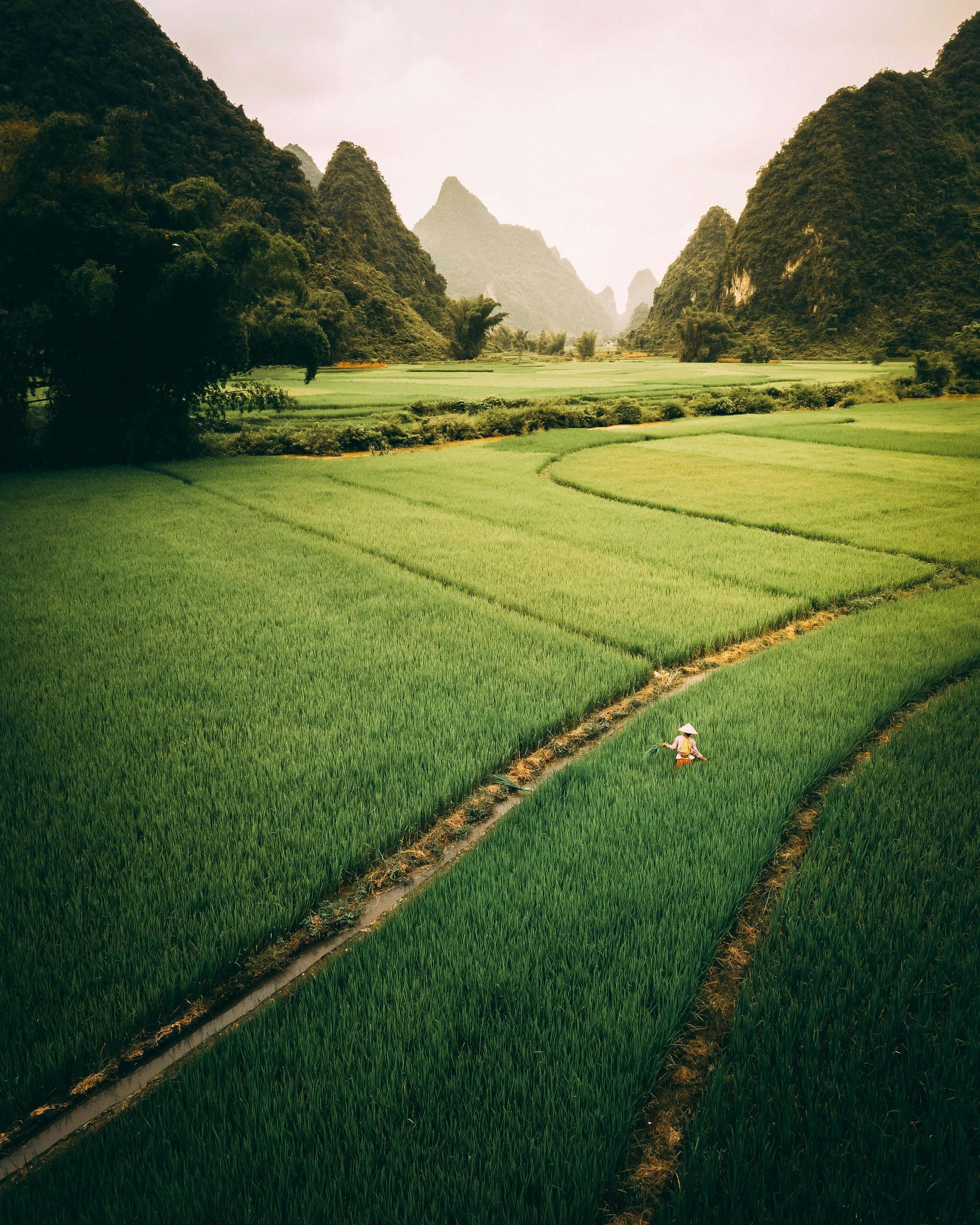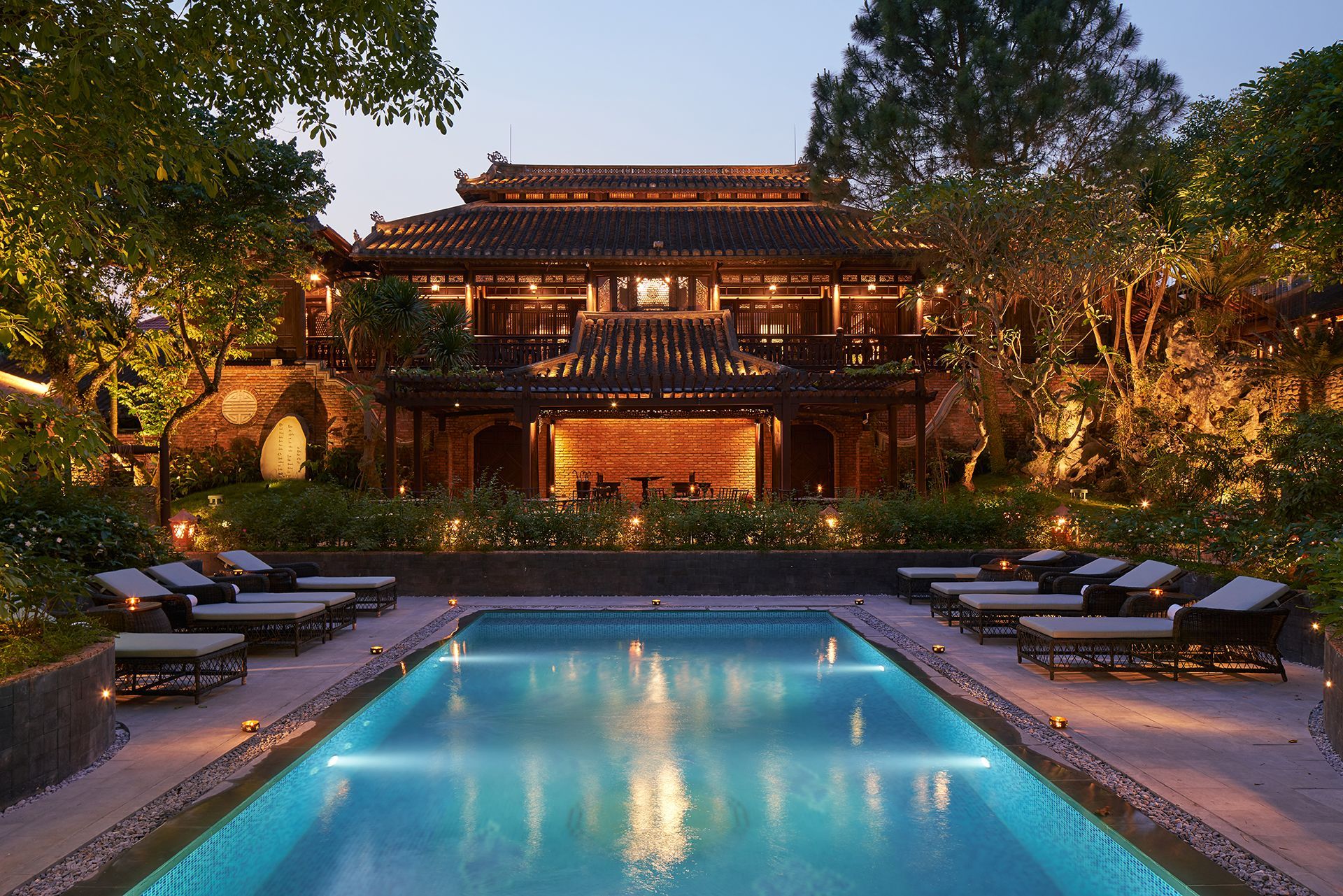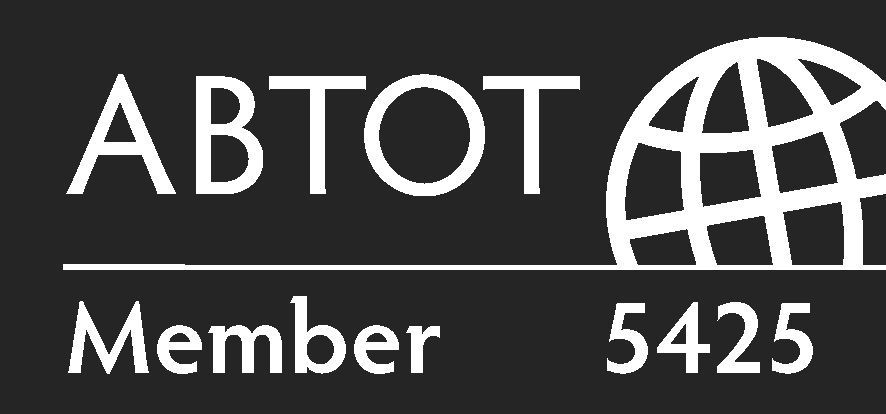Vietnam
Hidden Treasures of Southeast Asia
Your Guide to Vietnam
Wander through lush green rice paddies, where the gentle sounds of roosters and distant laughter fill the air, then stepping into the vibrant chaos of Hanoi’s Old Quarter, where the scent of sizzling street food wafts through bustling markets. Picture yourself exploring the serene beauty of ancient pagodas, before embarking on a boat ride through the breathtaking limestone karsts of Halong Bay. Vietnam is a land of captivating contrasts, where rich traditions elegantly blend with the pulse of modern life, creating an atmosphere that is both vibrant and serene. It’s a destination known for its stunning landscapes, warm hospitality, and a unique culinary tapestry that tantalizes the senses.
For first-time visitors, Vietnam often includes the must-see highlights – immersing in the rich history of the ancient town of Hoi An, soaking in the lively vibe of Ho Chi Minh City, and perhaps taking in the poignant history at the Cu Chi Tunnels. Yet Vietnam reveals countless layers for those who return: trekking through the picturesque hills of Sapa, exploring the tranquil temples of the Mekong Delta, indulging in the diverse regional cuisines from the north to the south, or discovering the untouched beauty of its pristine beaches. Whether soaking in the traditions of local festivals or learning the art of Vietnamese cooking, there's always something new to uncover in this enchanting country.
Direct flights to Vietnam are available from various international destinations, with airlines such as Vietnam Airlines, Bamboo Airways, and Qatar Airways offering services from major hubs like London Heathrow, Paris Charles de Gaulle, and Frankfurt Airport. Additionally, numerous connecting flights can be arranged through critical transit points in Asia, the Middle East, and Europe, often linking travellers to bustling cities like Ho Chi Minh City, Hanoi, and Da Nang. This extensive network provides convenient access for travellers from around the globe looking to explore the vibrant culture and stunning landscapes of Vietnam.
Getting around Vietnam can be an adventure of its own, and the overland train is undoubtedly the most responsible way to travel. It’s eco-friendly, offering stunning views while connecting major cities. Buses and motorbikes are popular too, but nothing beats the charm and comfort of a scenic train ride along the beautiful coastline.
Transport options in Vietnam
Official Spoken Languages
Airports in Vietnam
The official language is Vietnamese. While many study English, proficiency is generally lower than in Europe, especially in rural areas. In cities like Hanoi and Ho Chi Minh City, staff at hotels and tourist sites often speak English. However, in local markets and villages, fluency is limited, so it's helpful to learn some basic Vietnamese phrases for better communication.
Weather & Climate
Spring (February-April) is a captivating time to visit Vietnam, with vibrant cherry blossoms blooming, especially in northern regions like Hanoi. The mild weather is perfect for exploring landscapes, historical sites, and markets. Autumn (September-November) brings a warm hue to rice terraces and Hanoi's streets, with cooler temperatures ideal for cultural immersion and festivals.
Summer (May-August) can be hot and humid, but it's lively with colorful festivals and bustling cities like Ho Chi Minh City. Beaches like Da Nang and Nha Trang attract sun-seekers.
Winter (December-January) offers a quieter experience in the northern regions due to cooler temperatures. While snow is rare, the chill invites cozy experiences. Choose your visit based on blooming flowers, stunning foliage, vibrant summer activities, or winter's charm.r.
Must-Do Experiences in Vietnam
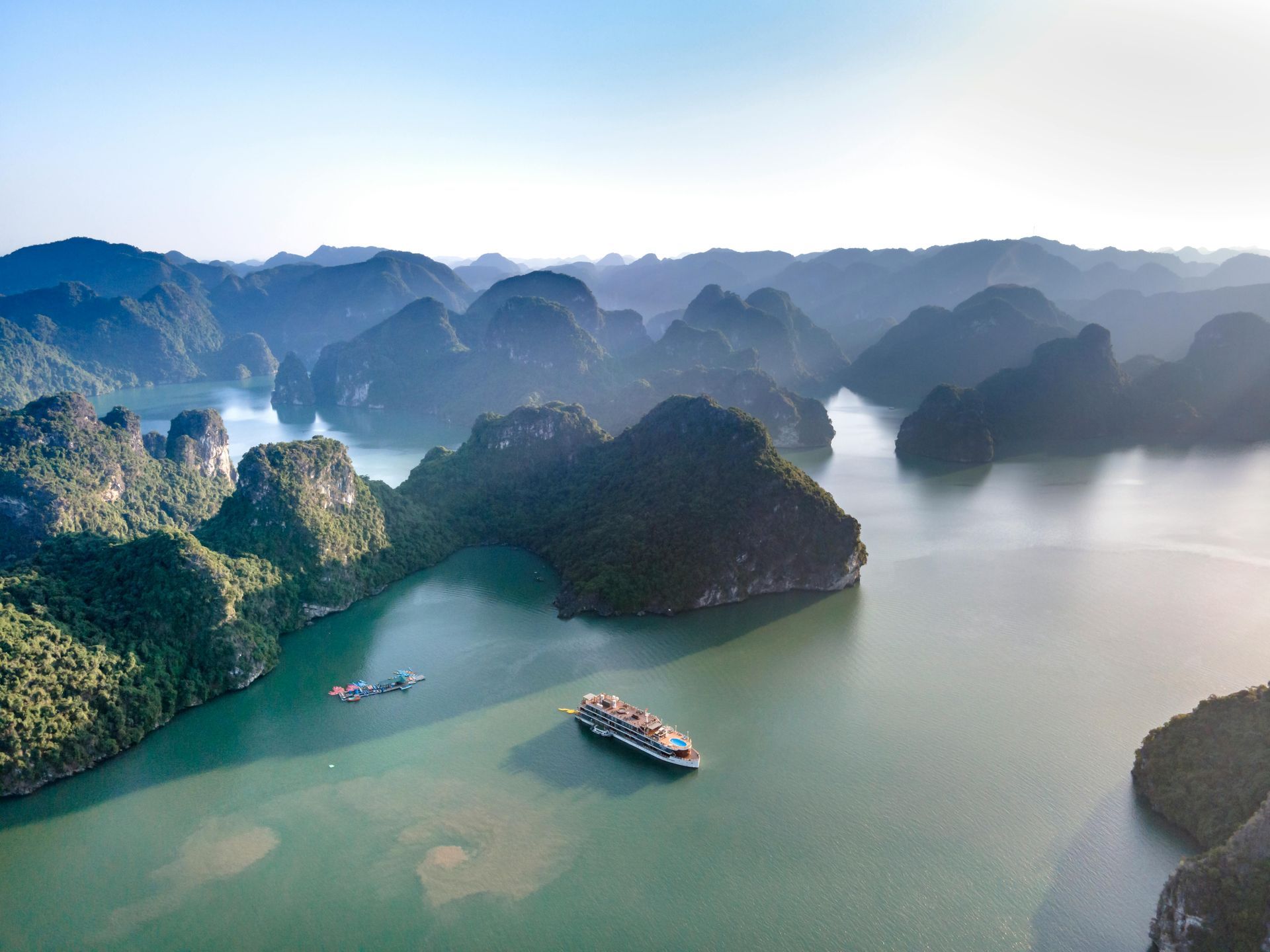
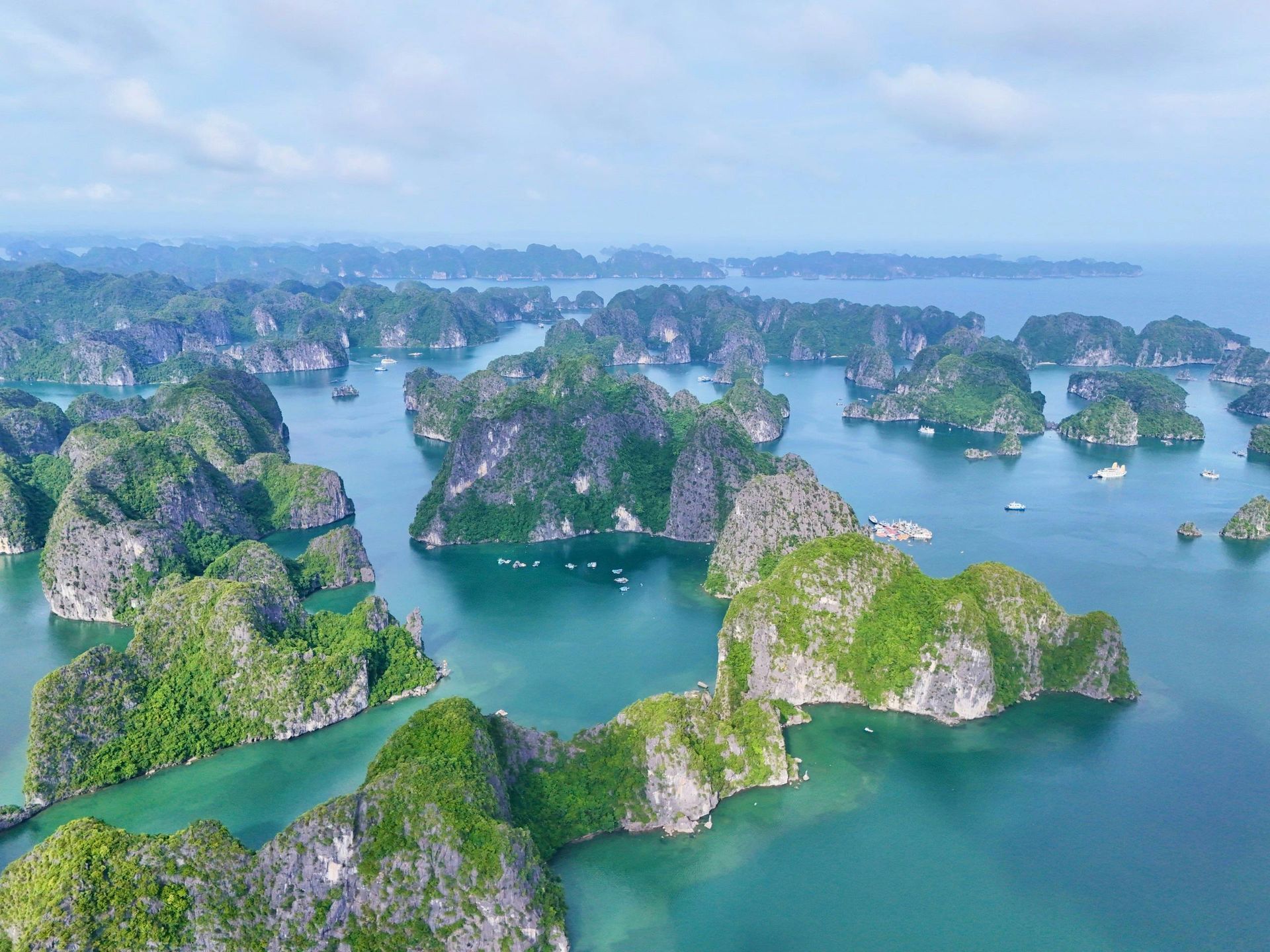
Cruise the Karst Waters
Sailing through the limestone islands of Ha Long Bay is a must-do experience. Aboard a traditional junk boat, you’ll drift past towering cliffs, hidden caves, and floating fishing villages. Choose an overnight cruise to catch sunrise over the bay and kayak into serene lagoons. While Ha Long is the most famous, nearby Bai Tu Long and Lan Ha Bay offer quieter, equally stunning alternatives. Pack light, bring sunscreen, and be ready to disconnect—this is nature’s masterpiece. It’s an ideal escape for nature lovers, photographers, and those seeking peaceful seascapes with a touch of adventure.
Locations:
Ha Long Bay, Bai Tu Long Bay & Lan Ha Bay
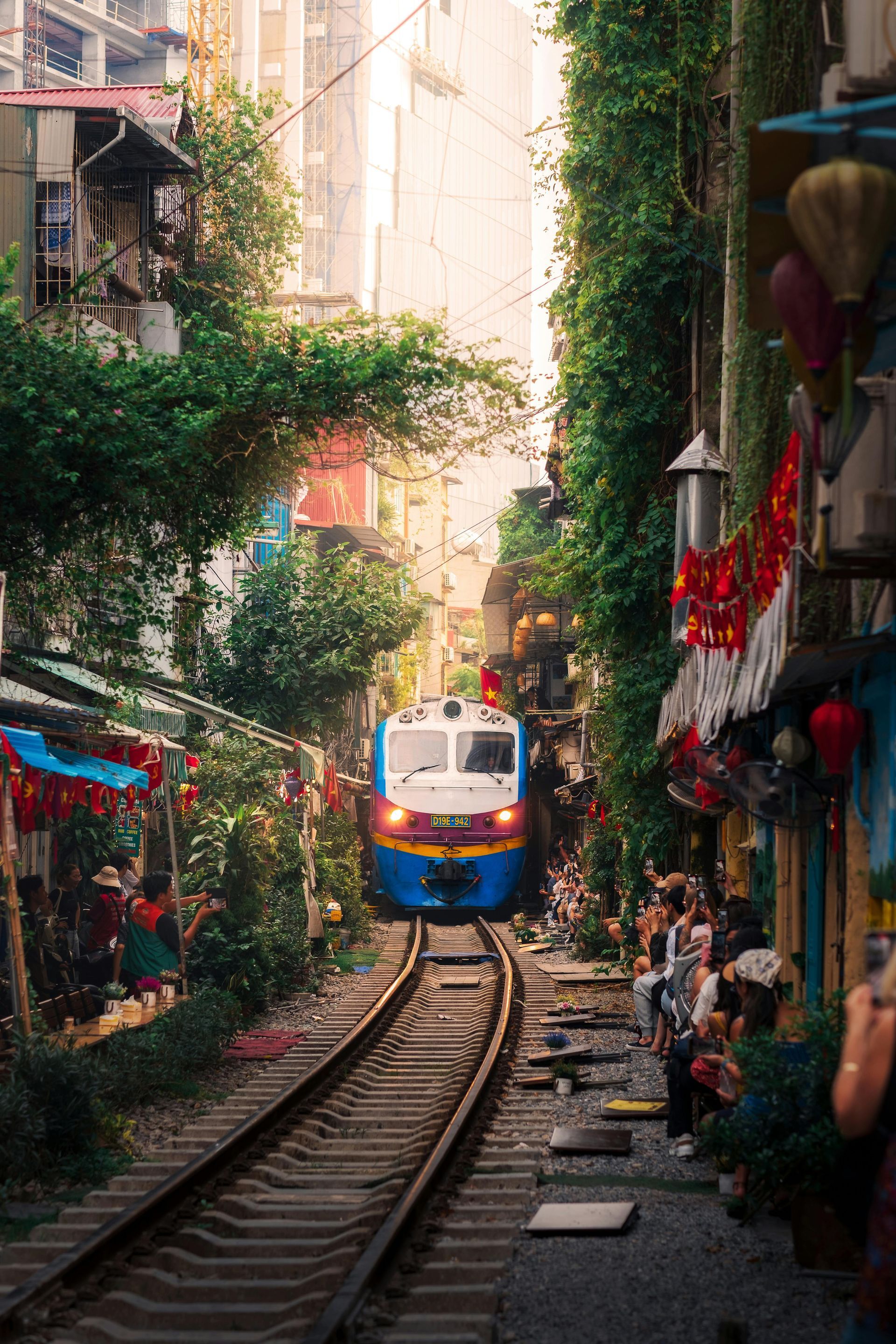
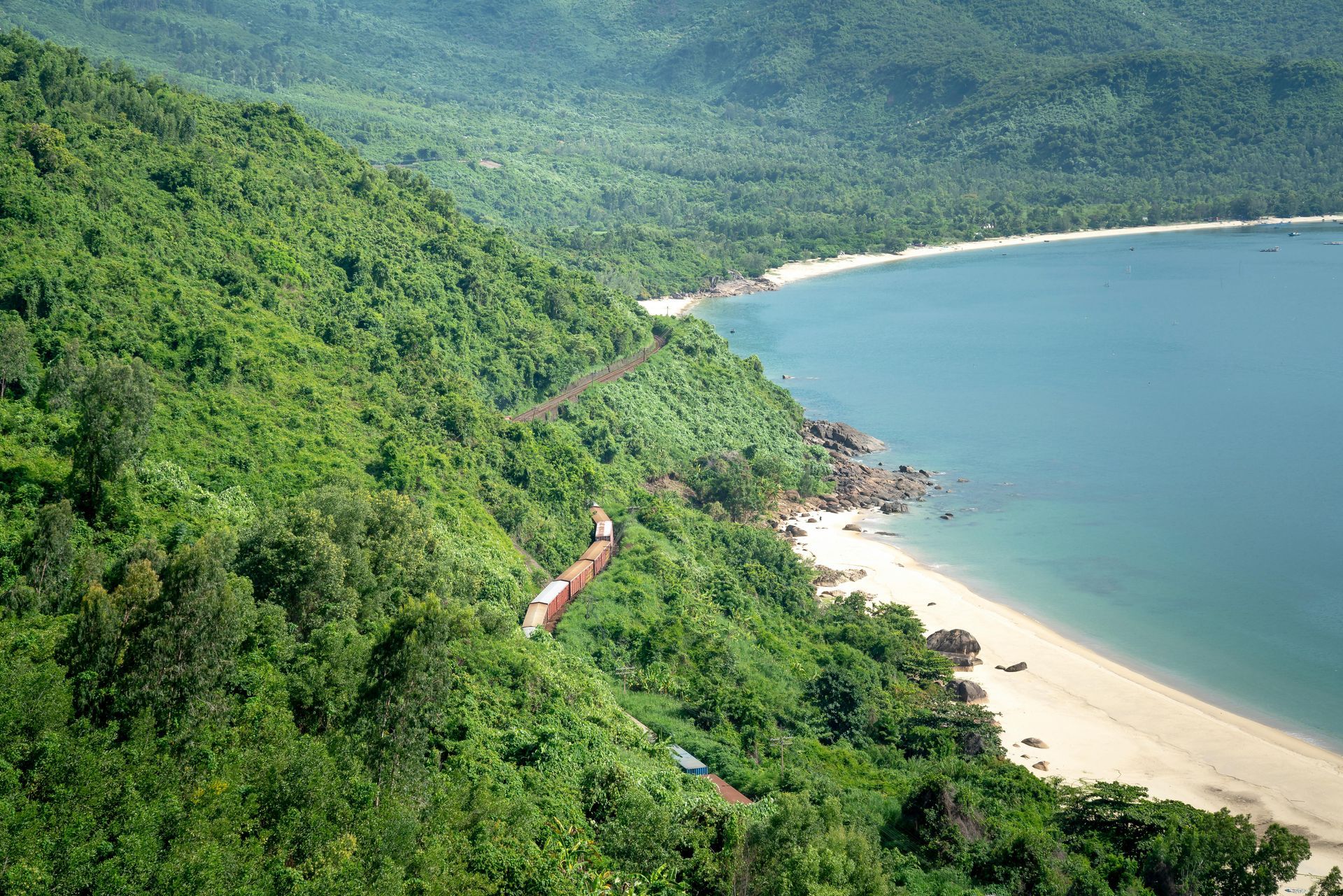
Ride the Reunification Line
Take a train ride along Vietnam’s spine on the historic Reunification Express. This railway, connecting Hanoi to Ho Chi Minh City, offers a scenic and slow-paced glimpse of the country’s diversity. Opt for segments like Hue to Da Nang, where the train hugs the coastline past beaches and misty mountains. It’s a throwback journey with vintage carriages, friendly locals, and windows that frame Vietnam’s natural beauty. Travel in a soft sleeper berth for comfort, and bring snacks for the long ride. It’s not about speed—it’s about savouring the journey and seeing Vietnam beyond the big cities.
Locations: Hanoi, Hue, Da Nang, Nha Trang & Ho Chi Minh City
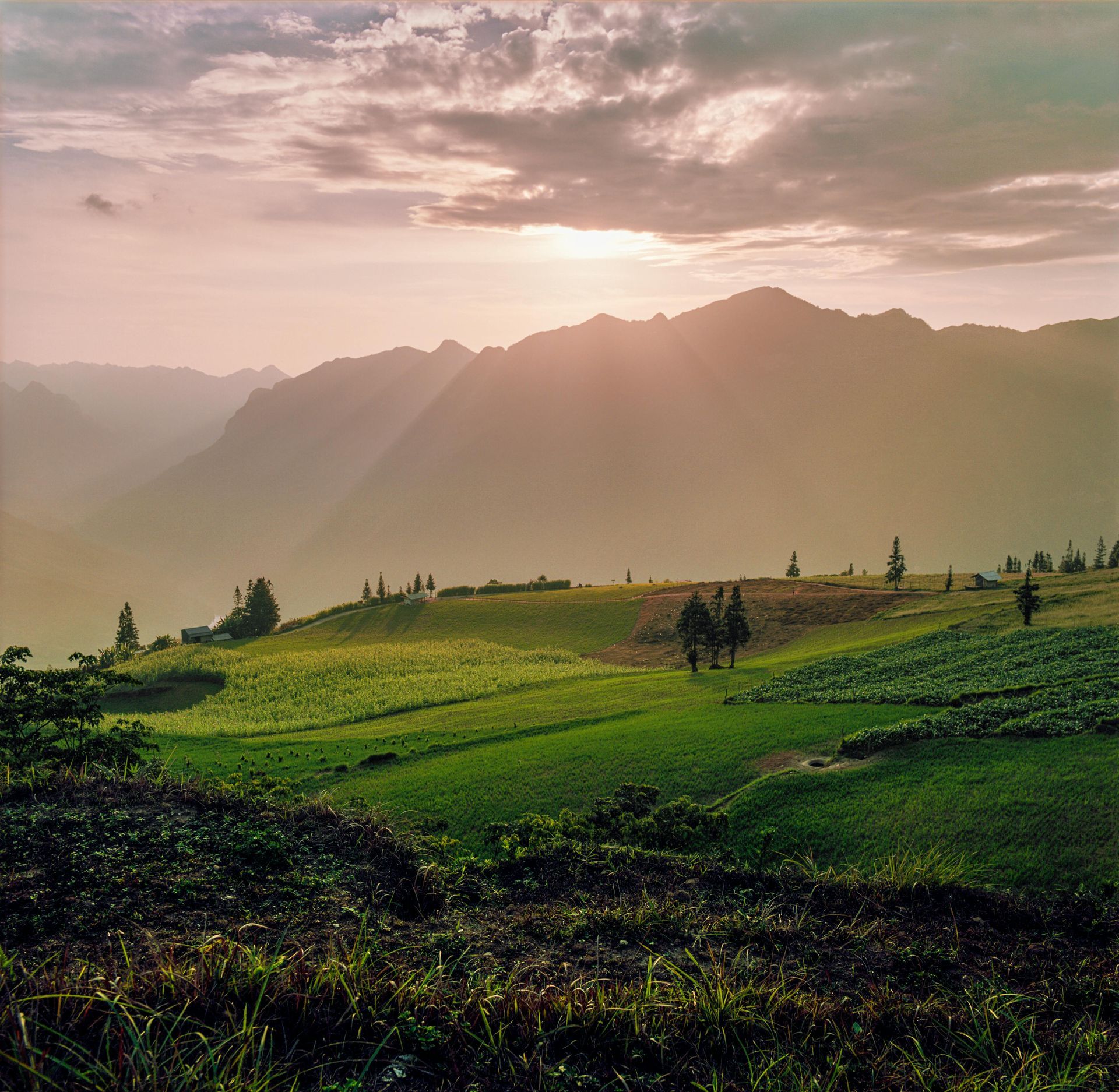
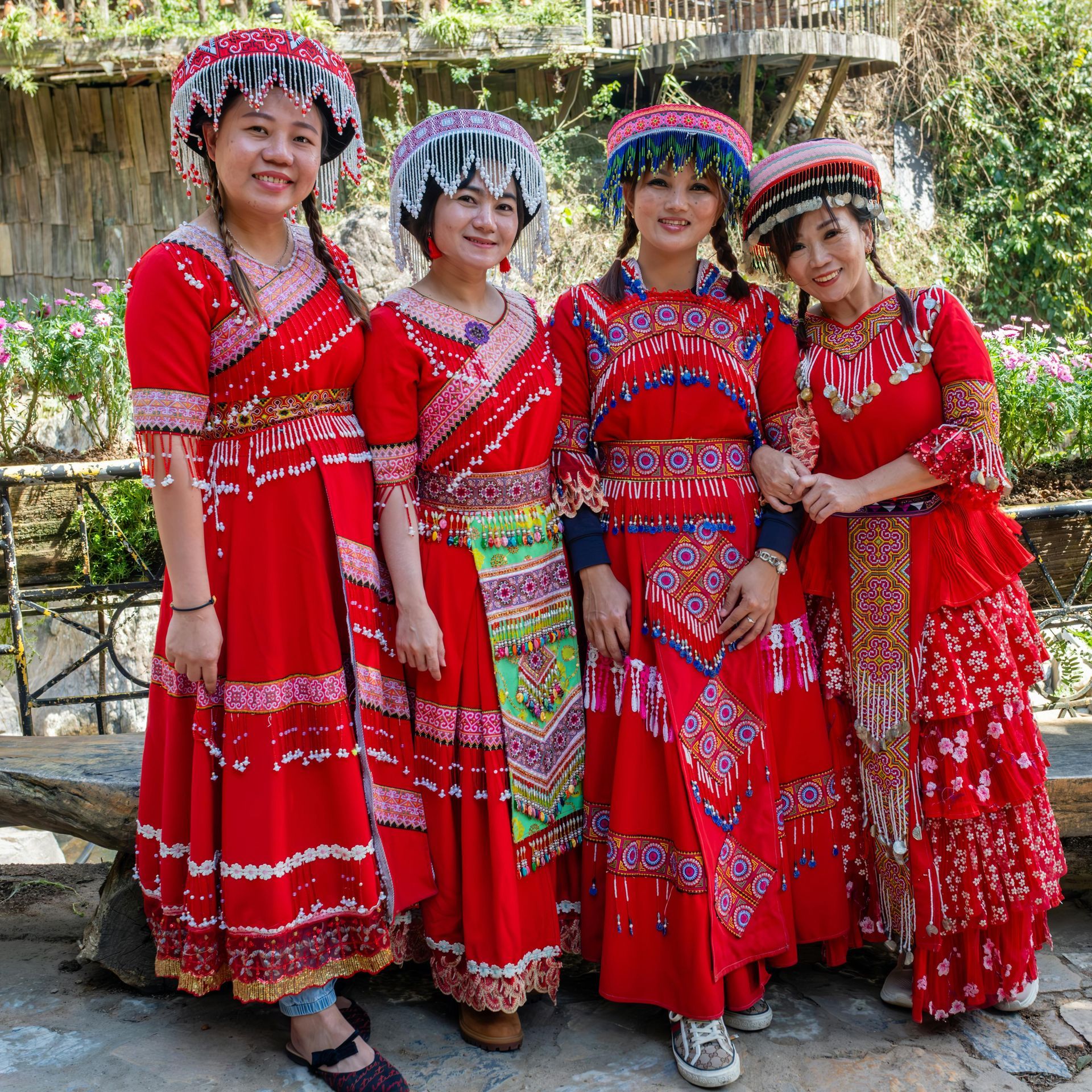
Trek Ethnic Highlands
Explore Vietnam’s northern mountains and meet the country’s many ethnic minority groups, such as the Hmong, Dao, and Tay. Sapa is the most famous base for trekking, but consider less-touristy areas like Ha Giang or Mai Chau for more authentic encounters. Trekking through rice terraces, misty valleys, and hillside villages offers not just natural beauty, but cultural immersion. Stay in family-run home-stays, learn local customs, and experience a slower, rural way of life. The landscapes are breathtaking, especially during harvest season when the paddies glow gold. A guide is recommended for this region.
Locations:
Sapa, Ha Giang, Mai Chau & Bac Ha
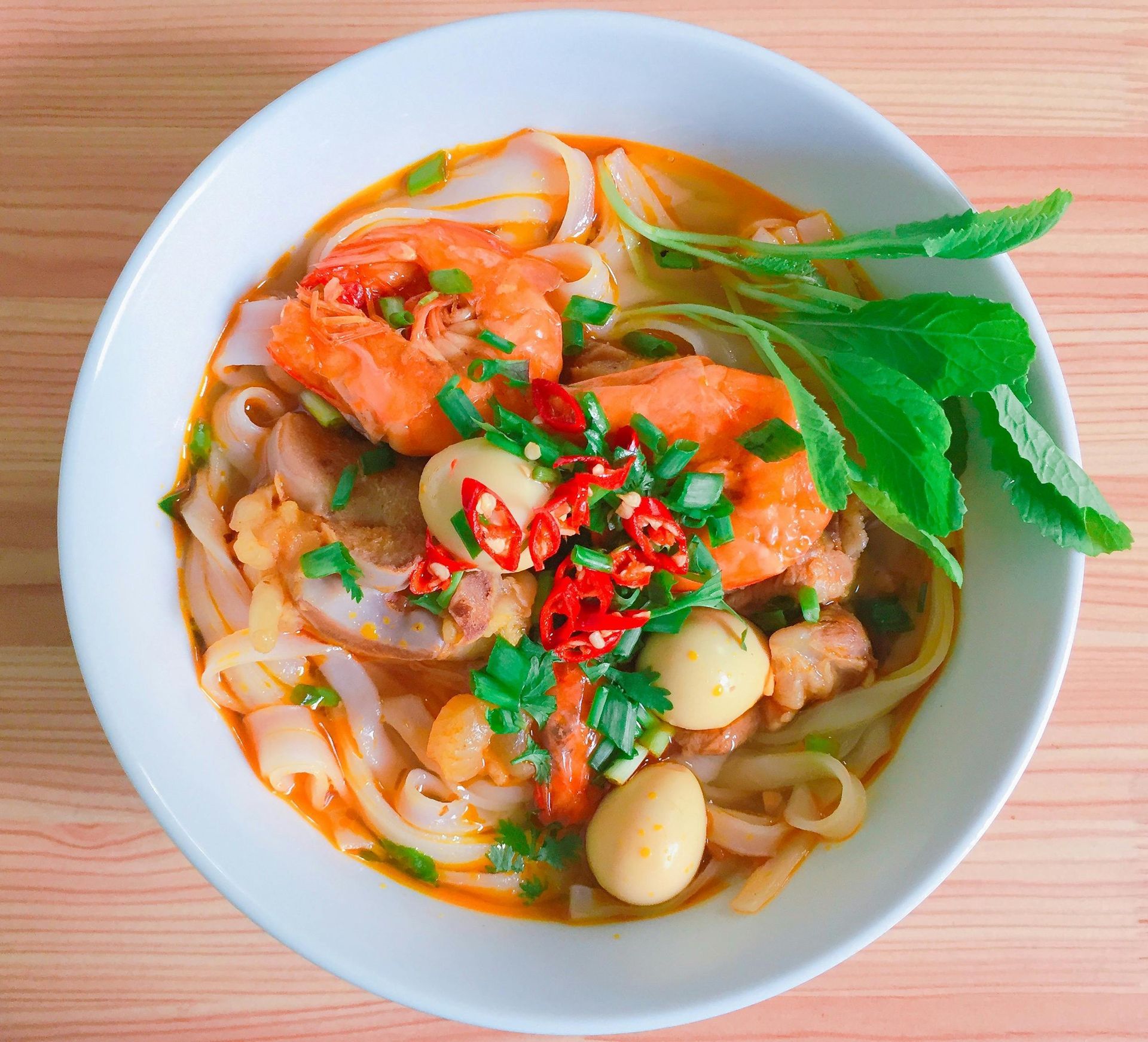
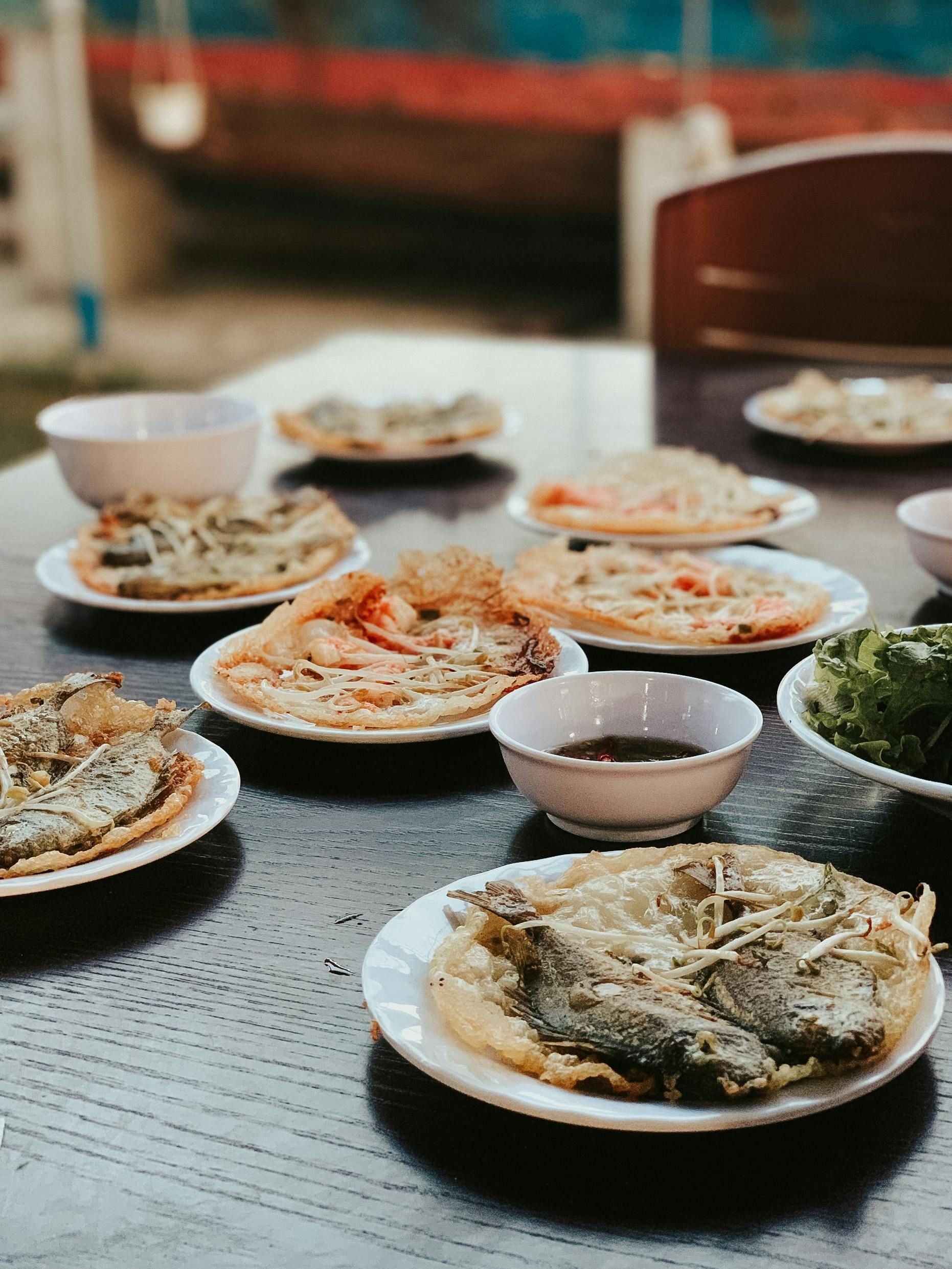
Taste Street Food Heaven
Vietnam is a paradise for food lovers, and the street food scene is second to none. Wander buzzing alleys and markets, where sizzling woks and fragrant broths signal culinary treasures. Try pho in Hanoi, banh xeo in the Mekong Delta, and cao lau in Hoi An. Don’t skip iced Vietnamese coffee or sweet che desserts. Eating street food isn’t just about flavor—it’s a social and cultural ritual. Sit shoulder-to-shoulder with locals, observe the rituals of preparation, and taste the soul of Vietnam in every bite. Hygiene tip: choose busy stalls with high turnover where locals know where the best food is.
Locations:
Hanoi, Hoi An, Ho Chi Minh City & Can Tho
Tips for First-Time Visitors
Vietnamese cuisine is incredibly diverse and a core part of the travel experience. Try street food like pho, banh mi, and bun cha from vendors—often the best meals come from the smallest stalls. Don’t be afraid to sit on the tiny plastic stools with locals—it’s part of the charm. Always check for freshness and popularity (busy stalls are usually safe). For sensitive stomachs, avoid ice and go easy on raw vegetables. Exploring local dishes is not just about taste—it’s a gateway into regional traditions and daily Vietnamese life.
Embrace Local Food Culture
Understand the Traffic Flow
Traffic in Vietnam can seem chaotic, especially in Hanoi or Ho Chi Minh City, where motorbikes dominate the roads. Don’t wait forever to cross—walk slowly and steadily, and let vehicles flow around you. Never run or stop suddenly. It’s counter-intuitive but works. If you plan to rent a motorbike, make sure you have a proper license and travel insurance. Understanding how locals move through traffic helps you stay safe—and immerse more confidently in the pulse of Vietnamese city life.
Vietnamese people are generally warm and hospitable, but respecting their customs is key. Dress modestly, especially at temples—shoulders and knees should be covered. Always remove shoes when entering someone’s home or a sacred space. A slight bow or nod shows politeness, and pointing with your finger or touching someone’s head is considered rude. Learn a few Vietnamese phrases—just “hello” (xin chào) and “thank you” (cảm ơn) go a long way. Cultural awareness not only avoids accidental disrespect but deepens your connection with the people and places you visit.
Respect Local Etiquette and Culture
Instead of visiting just Vietnam, consider connecting your trip across neighbouring countries like Laos, Cambodia, and Thailand. Overland travel—by bus, train, or boat—not only reduces your carbon footprint but also deepens your understanding of the shared history and cultural ties across Southeast Asia. For example, journeying from Hanoi to Luang Prabang or Phnom Penh offers a richer narrative than flying in and out of one city. Slow travel supports smaller communities and encourages more mindful tourism. By seeing the region as an interconnected whole, you help preserve its uniqueness while creating a more meaningful travel experience.
Think Regionally: Connect Countries, Travel Slower
Exploring the Vibrant Culture of Vietnam
Vietnam offers travelers an enchanting tapestry of experiences that seamlessly blend rich history, vibrant culture, and breathtaking nature. From bustling street markets filled with tantalizing aromas to serene rice paddies that stretch as far as the eye can see, Vietnam is a feast for the senses. Ancient pagodas and colonial architecture coexist harmoniously with lively cities, creating a dynamic backdrop that pulses with life and spirit.
Despite some language hurdles, the warmth and hospitality of the Vietnamese people make every journey rewarding and welcoming. Whether you're cruising through the stunning limestone karsts of Ha Long Bay, savoring the complex flavors of pho in a local eatery, wandering through the centuries-old alleys of Hoi An, or discovering the vibrant street art of Ho Chi Minh City, Vietnam is a treasure trove of adventures waiting to be uncovered. Chúc bạn có chuyến đi vui vẻ! (Have a great trip!)

